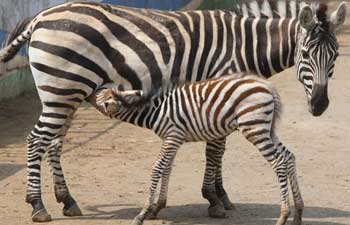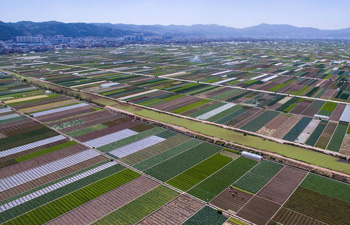LA PAZ, April 14 (Xinhua) -- For the third year in a row, Bolivia has registered one of the highest economic growth rates in South America, despite seeing its weakest performance in just over half a decade.
In 2016, Bolivia's gross domestic product (GDP) grew 4.3 percent, the National Statistics Institute (INE) said on Friday.
Still, it is the smallest increase since 2010 and the third worst performance in the 11 years President Evo Morales has been in office.
It is also lower than the government forecast, which first expected 5.01 percent growth, then adjusted the figure to 4.8 percent.
While most productive sectors expanded last year, INE's report shows the energy sector saw negative growth of 4.4 percent due to low energy prices on the international market.
Bolivia is an exporter of natural gas to neighboring Brazil and Argentina.
Morales and Bolivia's Central Bank (BCB) expect somewhat better growth of 4.7 percent in 2017, driven mainly by construction and public works projects, as well as mining, manufacturing, transport and agriculture.
In his first year as president, in 2006, growth registered 4.8 percent, then steadily expanded to 6.13 percent in 2008.
The global financial crisis of 2009 put the breaks on continued growth, but the economy soon recovered to see a high of 6.8 percent expansion in 2013.
These growth figures are no small feat for one of the region's poorest countries, economist and former central bank official Luis Ballivian said, adding previous administrations never achieved similar numbers.
In a telephone interview with Xinhua, Ballivian attributed this growth mainly to "public- and private-sector investment that has made the domestic economy more dynamic" and "good exports of raw materials."
Morales, Bolivia's first indigenous president and now its longest-serving president, has presided over an extended period of stability that eluded the country's former governments, he noted.

















